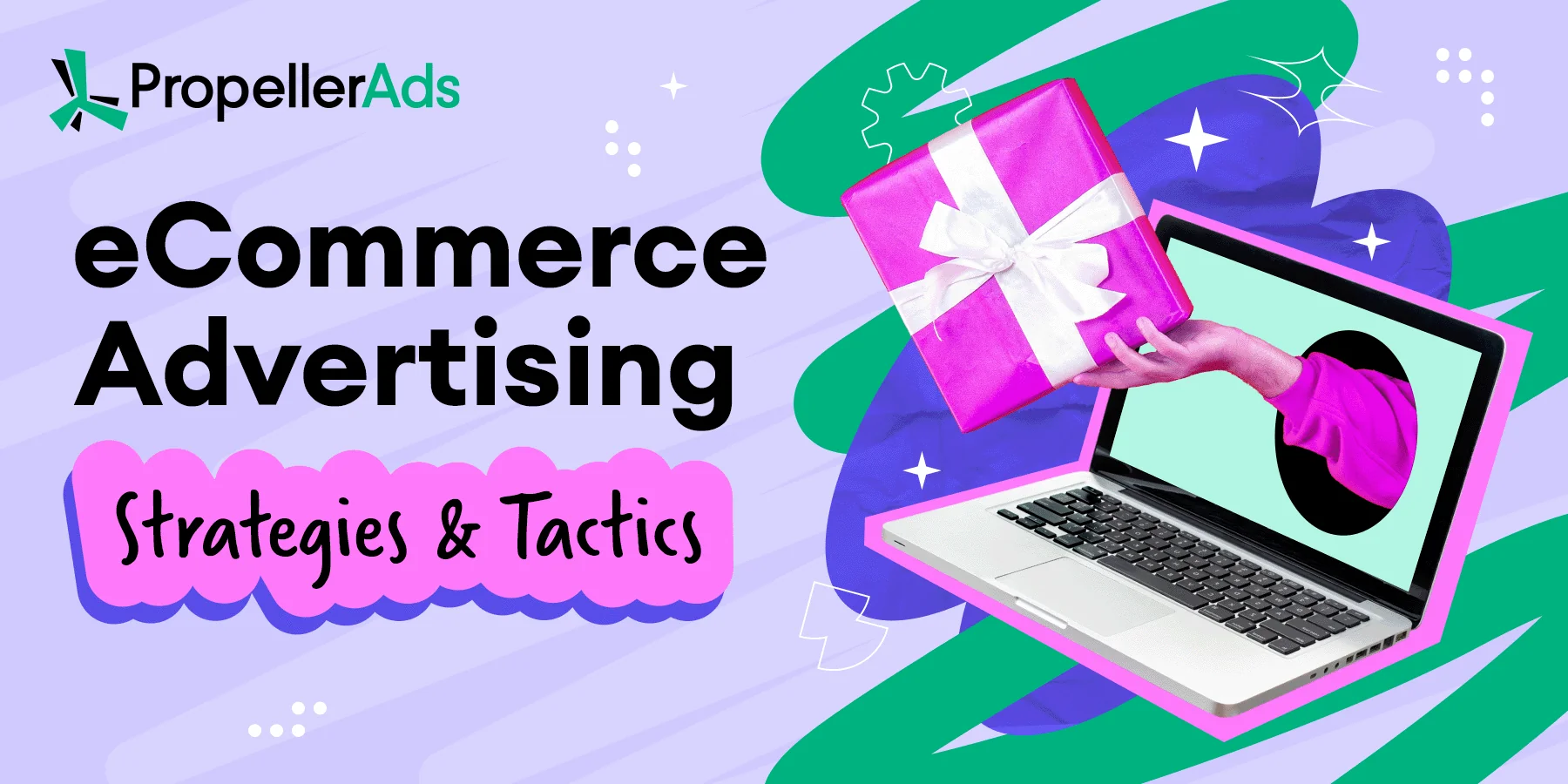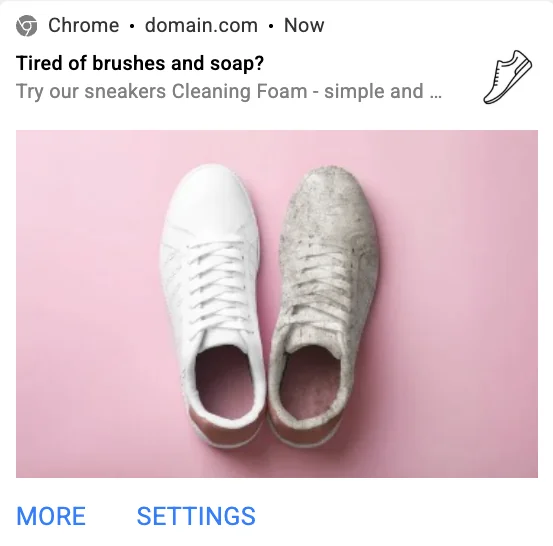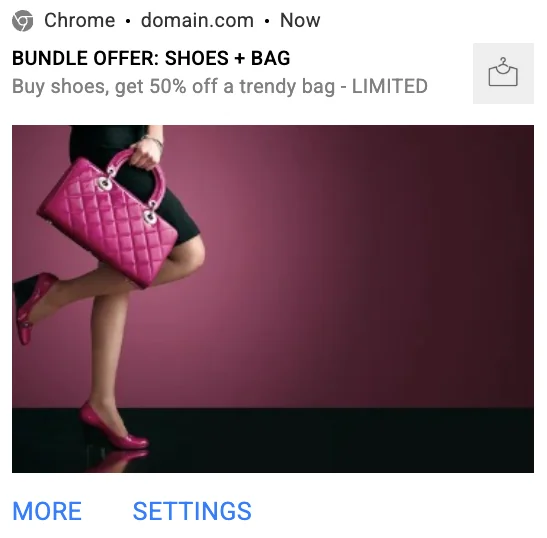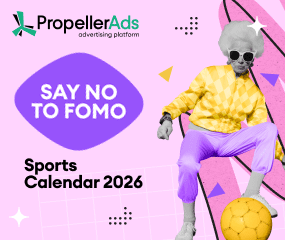eCommerce Advertising Strategies and Tactics

You have seen it happen. A short ad speaks to a real problem, feels useful, the page it opens matches what you expected, and checkout takes about a minute. That is good eCommerce advertising. It meets people where they already are, tells a clear story, and makes the next step easy.
For eCommerce, the aim is not louder ads, it is smarter ones. Ads should respect attention, line up with the offer, and pay for themselves. Done well, paid media feels like service, not noise at all, and that’s what e Commerce advertising is all about.
How eCommerce Advertising Works
At its core, online advertising in e Commerce means paying to reach likely buyers, then sending them to a page that makes buying simple. The work sits close to the sale, you match intent, make a clear promise, and remove friction so a click becomes an order.
The Basic Flow
- Find the right people, use keywords, shopping feeds, lookalikes, and past visitors.
- Make a clear offer, show the product in use, name the benefit, set a fair expectation on price, or offer.
- Match the page to the ad, repeat the promise on the first screen, load quickly, and answer buying questions without clutter.
- Measure and improve, track cost, clicks, and orders, then move the budget to what consistently sells.
Where This Usually Runs
- Search and shopping, capture raised hand intent with keywords and product feeds.
- Paid social and short video spark discovery with quick demos and UGC (user-generated content, like reviews, unpacking videos and photos).
- Marketplaces and sponsored listings win premium shelf space where people already buy. Retail media is mainstream, and the United States retail media ad spend is projected to top 62 billion dollars in 2025.
Creative And Offer Playbook For e Commerce Ads
Great e Commerce ads make the next step feel obvious. Start with clear e Commerce advertising ideas, then let the creative and the offer do the lifting together.
Message That Stop The Scroll
Keep your marketing message tight and true to what the product delivers. Problem and fix works well, a comparison to the common alternative works too, and a short review line or creator quote adds instant proof.

Formats That Pull Weight
Pick formats that show the product quickly and clearly. Short video earns attention, carousels explain one benefit per card, and a strong still with a bold headline closes when time is short.
Offer Ideas That Reduce Hesitation
Your offer should remove the reasons people do not buy. Since a lot of hesitations can be reduced by a lower price, use a small first-order perk, welcome discount, free shipping threshold, or a simple bundle that raises perceived value without hurting margin.

Message Match And Speed
Carry the same promise from ad to page, then place proof near price and add to cart. Speed matters too. For B2C stores, a page that loads in about one second converts roughly 2.5 times better than one that takes five seconds. That makes performance work a high-leverage way to lift ad ROI.
Build an e Commerce Ad Campaign, Step by Step
A clear plan for your e Commerce advertising methods keeps your spending honest. Here is a simple way to structure an e Commerce ad campaign you can run and improve.
- Set one outcome: Choose first order volume, profitable ROAS, or list growth for a launch. Write the target and timeline.
- Pick reachable audiences: Start with high-intent keywords, shopping feeds, past site visitors, and lookalikes from recent buyers. Add one cold audience that fits your price point and category.
- Shape a simple offer: Lead with a plain value hook, save time, solve a pain, or upgrade a habit. Use incentives that do not crush margin.
- Match ad to page: Carry the headline, image, and product description onto the landing page. Put brief proof near the price and add it to the cart. Keep pages lean and forms short.
- Track what matters: Confirm conversions, “add to cart” and purchase. Name campaigns so results are readable: channel, audience, creative, offer. Watch CAC, ROAS, contribution margin, and conversion rate on the landing path.
- Run short test cycles: Change one thing at a time, let tests run long enough to learn, then move the budget to winners.
Budget, Measurement, And Scaling Rules
Run paid with a simple weekly rhythm so advertising on the web in e Commerce stays healthy, not hectic.
- Scorecard, CAC, ROAS, contribution margin, conversion rate, and AOV on the landing path, payback time, and repeat purchase rate. As a baseline, recent Google benchmarks put eCommerce conversion around 2.8% on Search. Set product-level goals rather than chasing one good number.
- Attribution checks, read a clean last click view beside your modeled reports, trust trends more than single-day spikes, and use small holdouts when you can.
- Refresh cadence, ship two new creatives each week, retire tired winners, and keep one angle in reserve.
In practice, advertising on the internet in e Commerce scales best when you amplify what already proves it can sell.
Ad Traps And How To Avoid Them
Even strong programs slip. These are the usual traps and the simple ways around them.
Ad fatigue: Results fade when the same creative runs too long, so rotate small variations each week and keep one fresh angle ready.
- Weak message match: If the ad promise is missing on the first screen, repeat the headline and benefit on the landing page, and place proof near the price and add to cart.
- Neglected product feed: Shopping ads underperform with messy titles or missing attributes, so match titles to how people search and update images before raising bids.
- Cart abandonment: Surprise costs and long forms push people away. The average cart abandonment rate is around 70%, so show total cost early, allow guest checkout, offer fast wallets, and send short, helpful reminders.
- Slow pages and slow checkout: People bounce before they see the offer when performance lags, so trim scripts, compress images, keep forms short, and use quick payment options.
Final Thoughts
Great eCommerce advertising respects attention. Show a clear benefit, keep the promise from ad to page, and make buying simple. Start with a few channels you can run well, set light guardrails, and refresh often.
When creative, offer, and landing page move in the same direction, clicks turn into customers, and your ad spend pays for itself.
Join our Telegram for more insights and share your ideas with fellow-affiliates!



